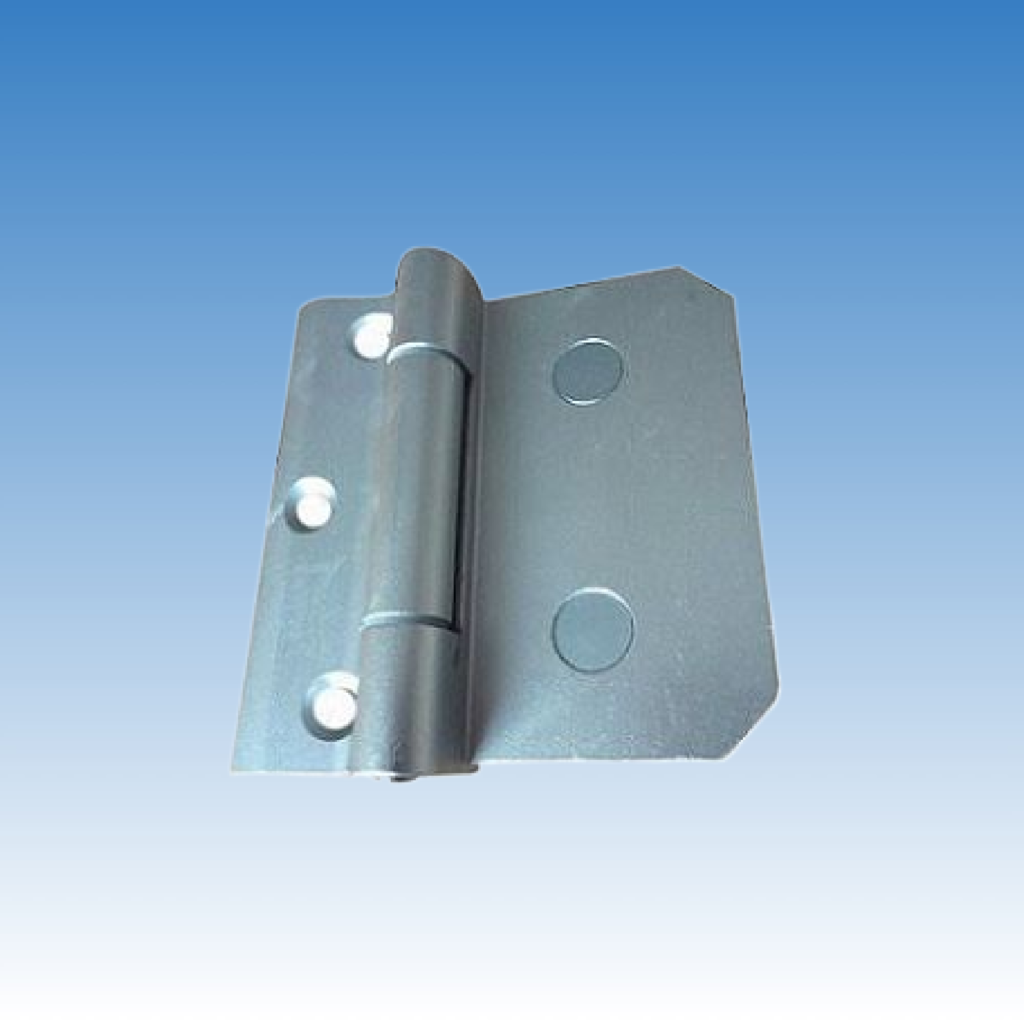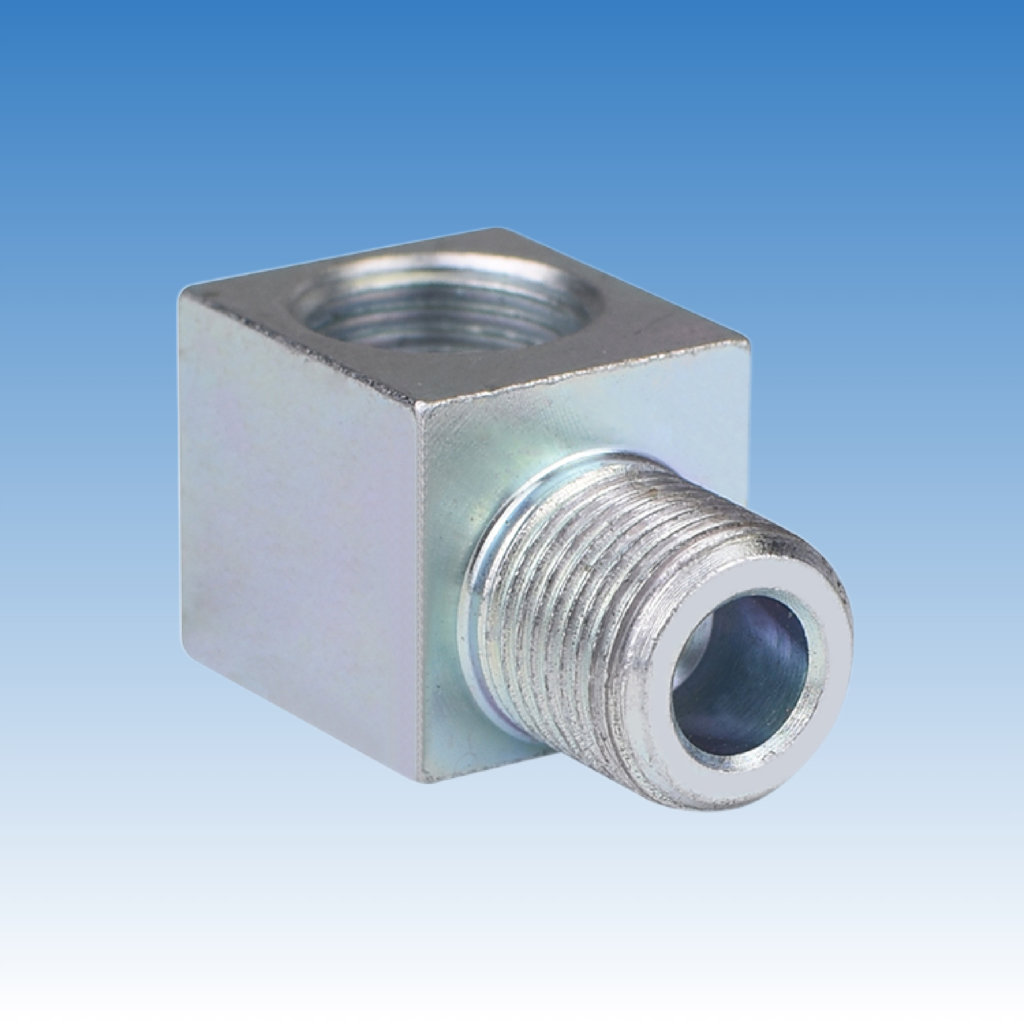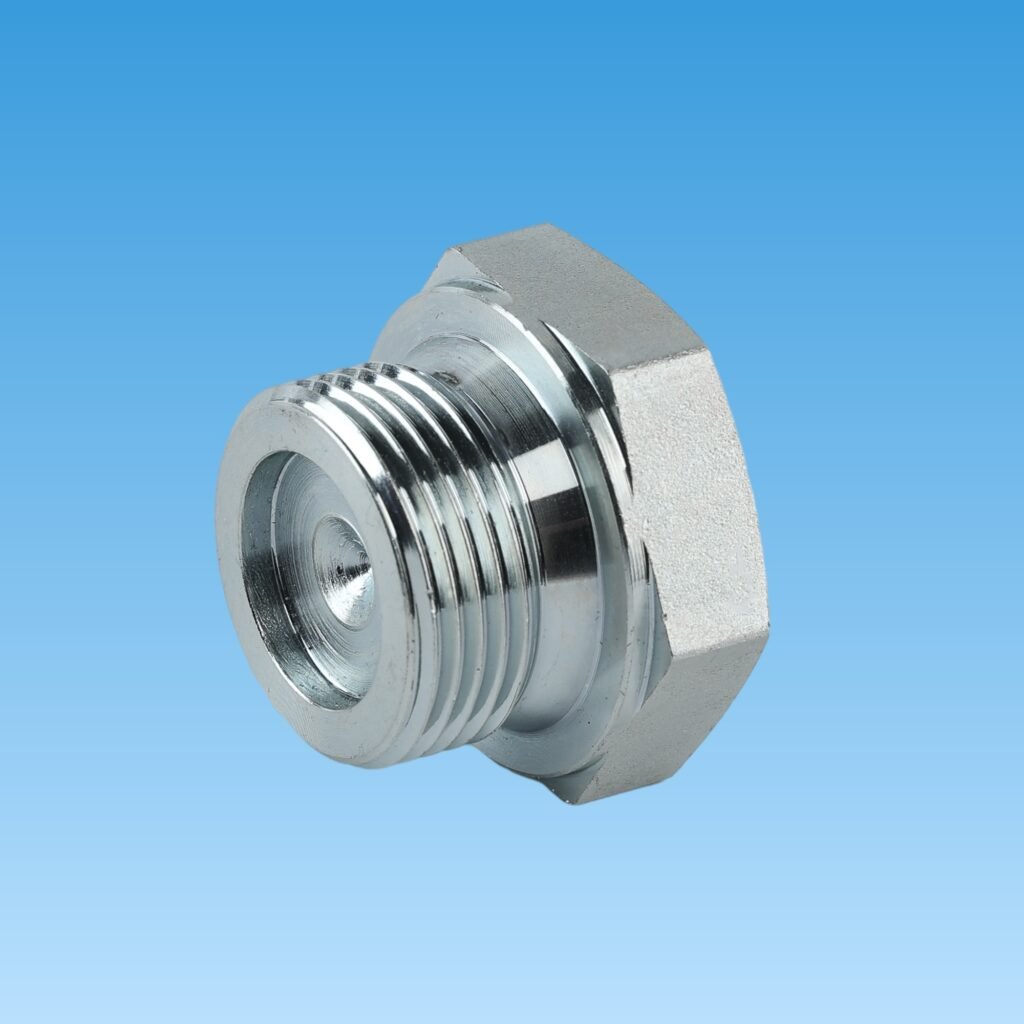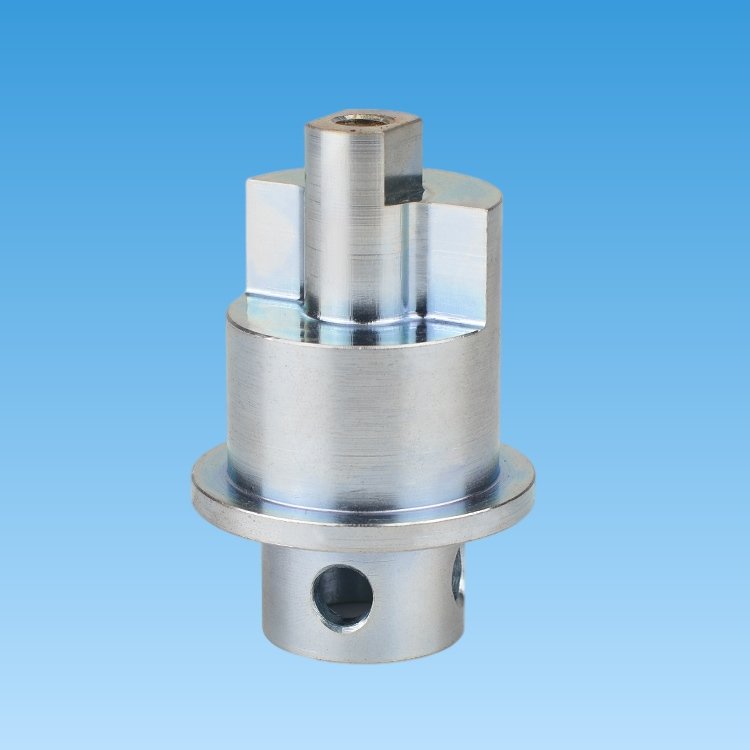Zinc coatings might look similar at first glance, but beneath the surface, the differences in color, performance, and application can be huge.
Color zinc coatings (yellow zinc) offer better corrosion resistance than blue-white zinc coatings, but blue-white zinc has a cleaner appearance and is often chosen for aesthetic or regulatory reasons.

While zinc coatings all serve one main purpose—protecting metal parts from corrosion—the way they look and behave in the field varies a lot. I learned this the hard way when one of our clients rejected a full batch because they didn’t like the color tone. Since then, I’ve always paid extra attention to how we describe these finishes in both visuals and specs.
What is the difference between yellow zinc and zinc?
Yellow zinc isn’t just about looks—it performs differently under pressure.
Yellow zinc (color zinc) includes chromates that give it a golden tone and superior corrosion resistance compared to plain zinc finishes.

Dive Deeper: Color Zinc vs Plain Zinc
When someone says “zinc coating,” they often mean the base layer—pure zinc electroplated on steel. But if you stop there, you leave the part exposed. Chromates are then added to enhance performance.
| Feature | Plain Zinc | Yellow Zinc (Color Zinc) |
|---|---|---|
| Appearance | Silvery-grey | Gold or iridescent yellow |
| Corrosion Resistance | Low | High (up to 96 hrs to white rust in salt spray) |
| Common Use | Short-term parts, indoor | Automotive, outdoor parts |
| Added Layer | None | Chromate passivation |
| Cost | Lower | Slightly higher |
From my experience, color zinc is a go-to for parts used outdoors or near moisture. We had one case where a German client required yellow zinc on clamp components for a marine application. They lasted twice as long as blue-white zinc under salt spray testing.
What is the difference between white zinc and blue zinc?
White zinc and blue zinc often confuse buyers, but there’s a real difference in appearance and protection.
Blue zinc has a faint bluish tint due to blue passivation; white zinc refers to plain zinc or clear passivation with no color tone. Both provide basic corrosion protection.

Dive Deeper: Blue Zinc vs White Zinc—Why It Matters
Blue-white zinc is basically zinc plating with a clear or slightly bluish chromate layer. It’s used widely in Europe for its clean look and RoHS compliance. The bluish hue is just a result of the chromate used.
| Feature | Blue Zinc | White Zinc |
|---|---|---|
| Color Tone | Pale blue | Bright silver-white |
| Visual Appeal | High, consistent | High, often used in clean room parts |
| RoHS Compliance | Yes | Depends on chromate used |
| Corrosion Resistance | Moderate (up to 72 hrs) | Similar |
| Typical Use | Appliances, interiors | Fasteners, brackets |
One of our distributors in Italy insists on blue-white zinc for all visible hardware. It pairs well with stainless steel and doesn’t clash with polished finishes. But when the client doesn't specify, we always double-check—this is one area where looks really matter.
What are the different grades of zinc coating?
Zinc coatings come in different grades based on thickness and protection level—choosing the wrong grade can kill your product's life span.
Grades of zinc coating vary mainly by thickness: commercial, moderate, and heavy-duty. Thicker coatings provide longer corrosion resistance, especially in harsh environments.

Dive Deeper: Zinc Coating Grades Explained
When we quote for clients in the EU or US, they often ask about the salt spray resistance in hours. This ties directly to the grade of zinc coating. For example, the ASTM B633 standard defines four types:
| Grade | Coating Thickness (µm) | Salt Spray Resistance | Use Case |
|---|---|---|---|
| Type I | 5 µm | 12–24 hrs | Decorative, indoor |
| Type II | 8 µm | 48 hrs | Light-duty outdoor |
| Type III | 13 µm | 96 hrs | General-purpose industrial |
| Type IV | 25 µm | 200+ hrs | Automotive, marine |
We once had a US buyer who thought he could save money by going with Type I zinc on outdoor parts. Six months later, the parts started rusting and he had to re-source the whole project—with us, using Type III this time. The lesson? Never cut corners on coating grade if your part lives outside.
What are the unique characteristics of zinc?
Zinc is more than a coating—it plays a major role in extending the life of steel parts.
Zinc offers sacrificial protection, self-healing properties, and excellent adhesion—making it one of the most widely used coatings in industrial metal parts.

Dive Deeper: Why Zinc Works So Well
Zinc protects steel in two main ways: barrier protection and sacrificial protection. Even when scratched, the zinc will corrode first before the steel underneath starts to rust. This self-sacrificing nature is why it's ideal for fasteners, brackets, and automotive parts.
| Property | Description | Benefit |
|---|---|---|
| Sacrificial Protection | Zinc corrodes instead of steel | Prolongs part life |
| Barrier Effect | Coating separates steel from air/water | Prevents rust formation |
| Self-Healing | Oxidation products fill tiny cracks | Maintains integrity |
| Adhesion | Electroplated or dipped layers bond well | Won’t flake off easily |
| Compatibility | Works with chromates and paints | Customizable finishes |
I remember a medical equipment customer who was very sensitive about rust risk. We proposed zinc with a special RoHS-compliant trivalent chromate. The results were so good they changed all their aluminum clamps to zinc-plated steel—cheaper and better performing.
Conclusion
Color and grade in zinc coatings affect not just the look but the lifespan—knowing the difference keeps parts safe, clients happy, and projects on track.


